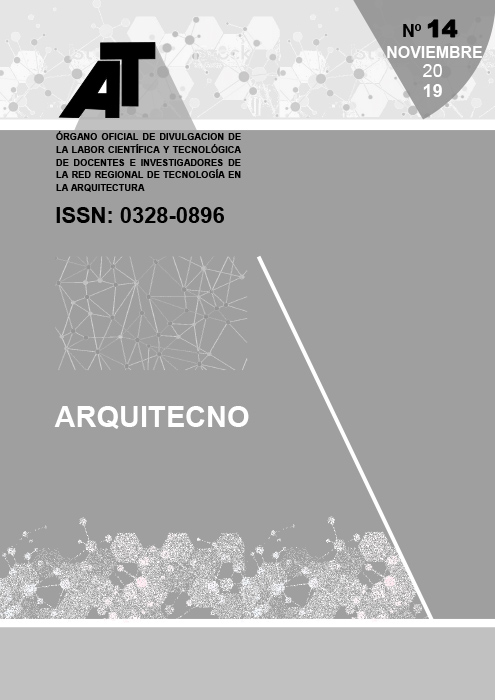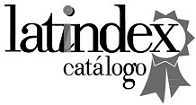INTRODUCCIÓN A LA EFICIENCIA ENERGÉTICA A TRAVÉS DEL DISEÑO BIOCLIMÁTICO ESTUDIO DE CASOS, VERIFICACIONES CUANTITATIVAS Y MANEJO DE NORMATIVAS
DOI:
https://doi.org/10.30972/arq.0144152Palavras-chave:
ARQUITECTURA PASIVA, CONFORT, ENERGÍA, NORMAS, RESILIENCIAResumo
Desde el Espacio Curricular Optativo "Introducción a la eficiencia energética para viviendas" se busca internalizar en el alumno la necesidad de concebir la idea proyectual a través de un pensamiento integral que contemple las pautas de diseño con criterios de arquitectura pasiva. Y vincular los temas teóricos impartidos en las diferentes materias de la carrera de Arquitectura en relación a la eficiencia energética para ser aplicados en la práctica proyectual de forma concreta. El trabajo práctico debe cumplir con ciertos ítems que se resuelven parcial y metodológicamente a medida que se imparte la teoría. Se trabaja sobre tres tipologías de viviendas unifamiliares en PB implantadas en una zona bioclimática a elección. El alumno debe analizarlos según los principios y estrategias climáticas para llegar a determinar qué tipología se adapta mejor de acuerdo a los criterios y recomendaciones de diseño pasivo para dicha zona. Implica verificar los indicadores dimensionales, energéticos y la calidad térmica edilicia de la vivienda. Mediante la modalidad de seminario de integración que consta de una síntesis gráfica, cuantitativa se procede al debate e intercambio de ideas y reflexiones finales. Los objetivos señalados desde la enseñanza-aprendizaje fueron logrados con éxito, siendo los temas teóricos aplicados correctamente. Se evidenció el uso de herramientas digitales, imágenes termográficas y modelados en 3D.Downloads
Publicado
2019-11-27
Como Citar
Panvini, M. J., & Saldi, R. (2019). INTRODUCCIÓN A LA EFICIENCIA ENERGÉTICA A TRAVÉS DEL DISEÑO BIOCLIMÁTICO ESTUDIO DE CASOS, VERIFICACIONES CUANTITATIVAS Y MANEJO DE NORMATIVAS. Arquitecno, (14), 73–81. https://doi.org/10.30972/arq.0144152
Edição
Seção
Trabajos seleccionados CRETA XI: Docencia
Licença
Los autores ceden a Arquitecno los derechos de publicación de sus trabajos, toda vez que hayan sido admitidos como parte de alguno de sus números. Ellos, no obstante, retienen los derechos de propiedad intelectual y responsabilidad ética así como la posibilidad de dar difusión propia por los medios que consideren.





52.jpg)
